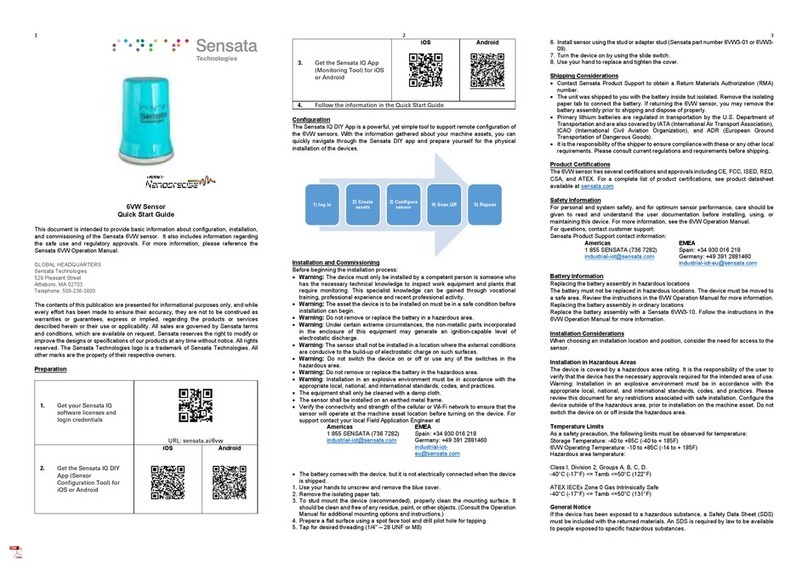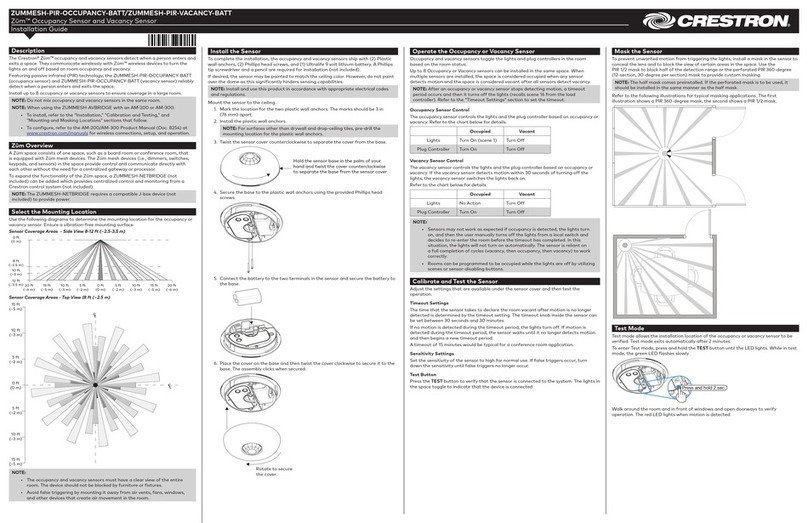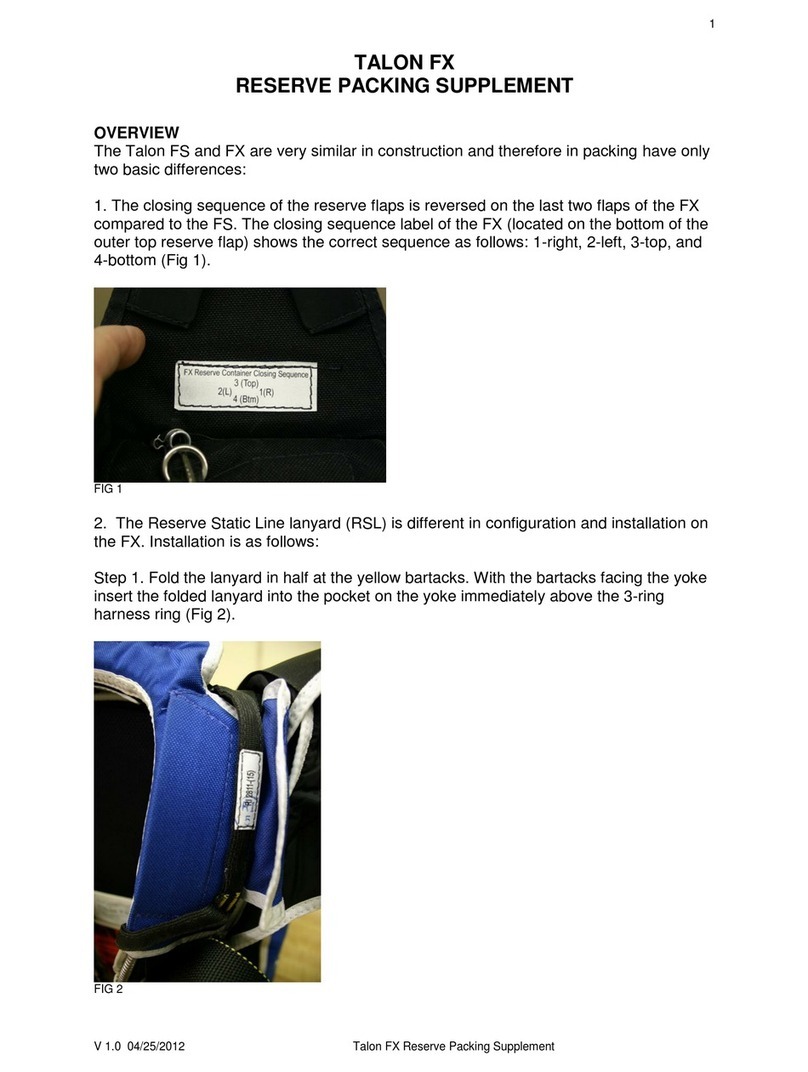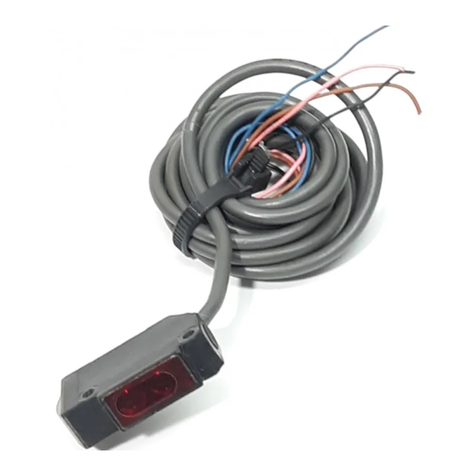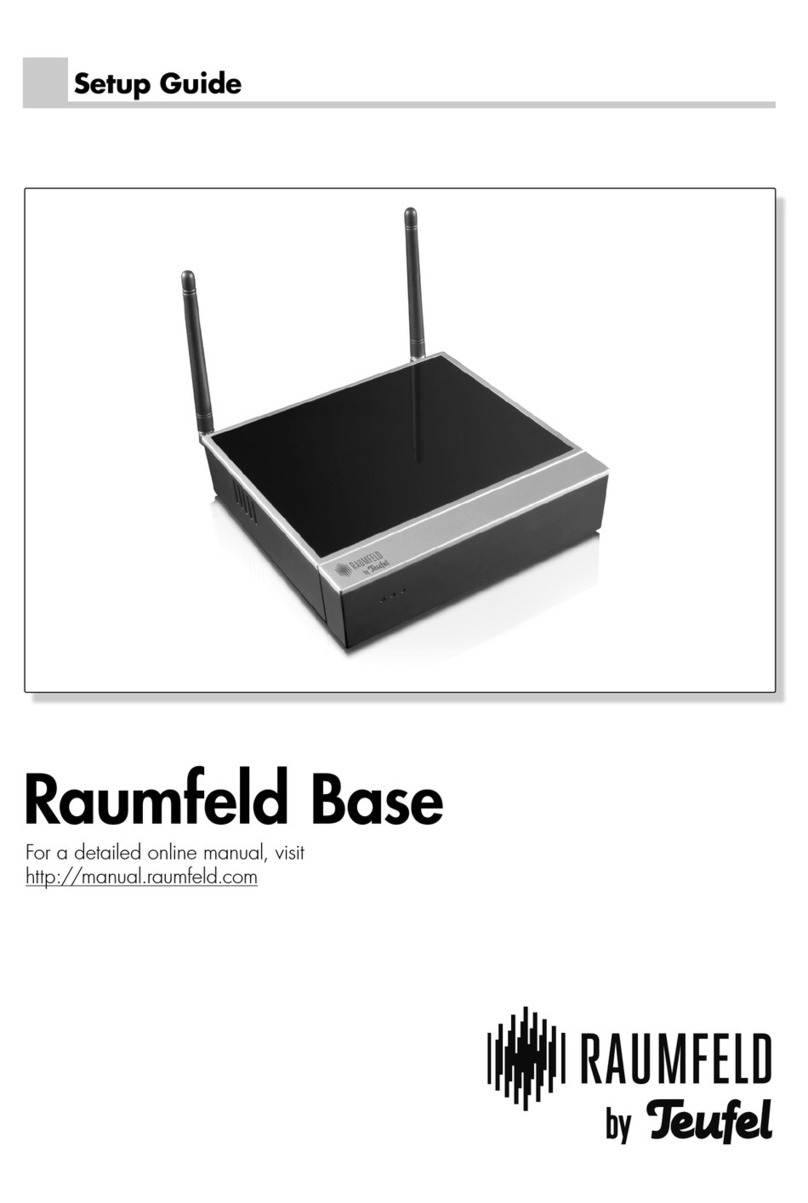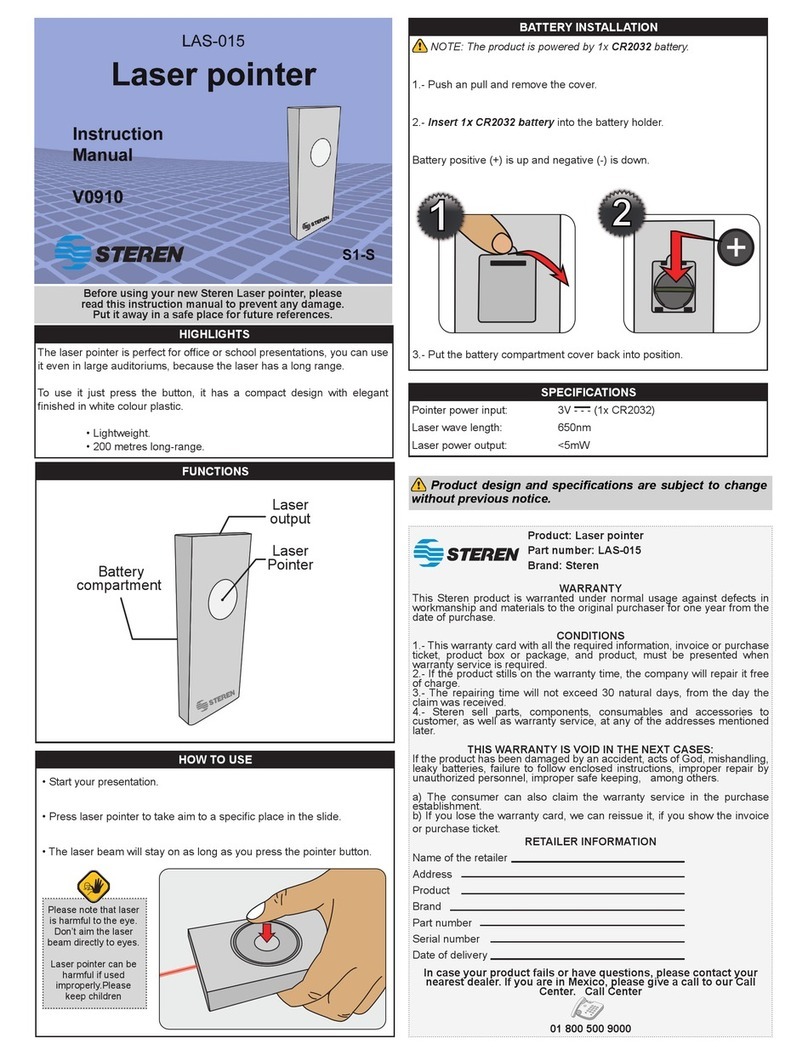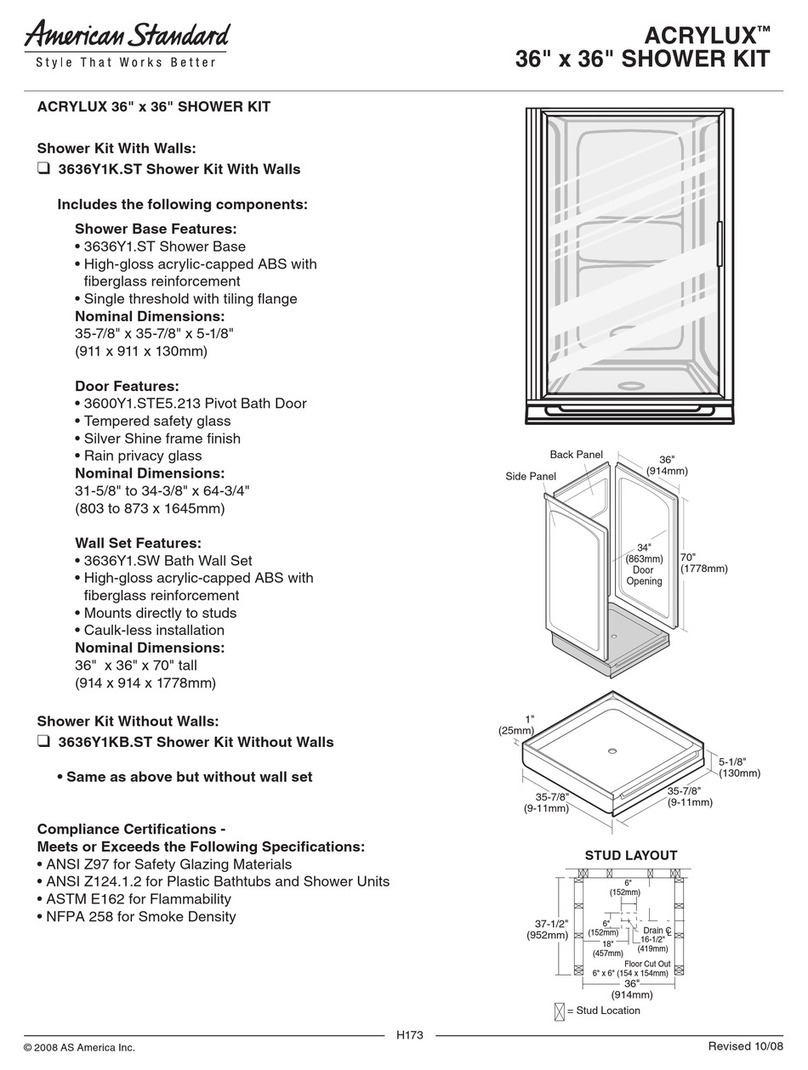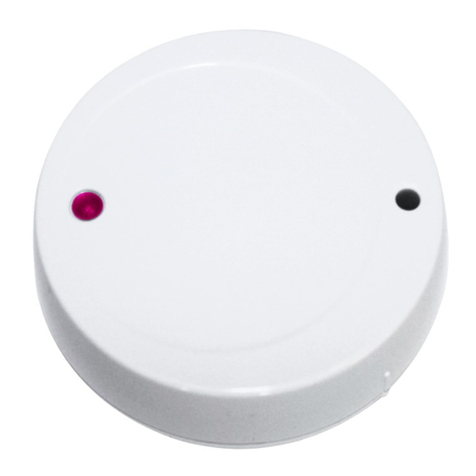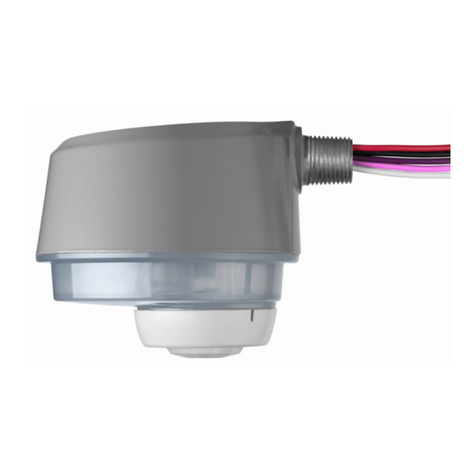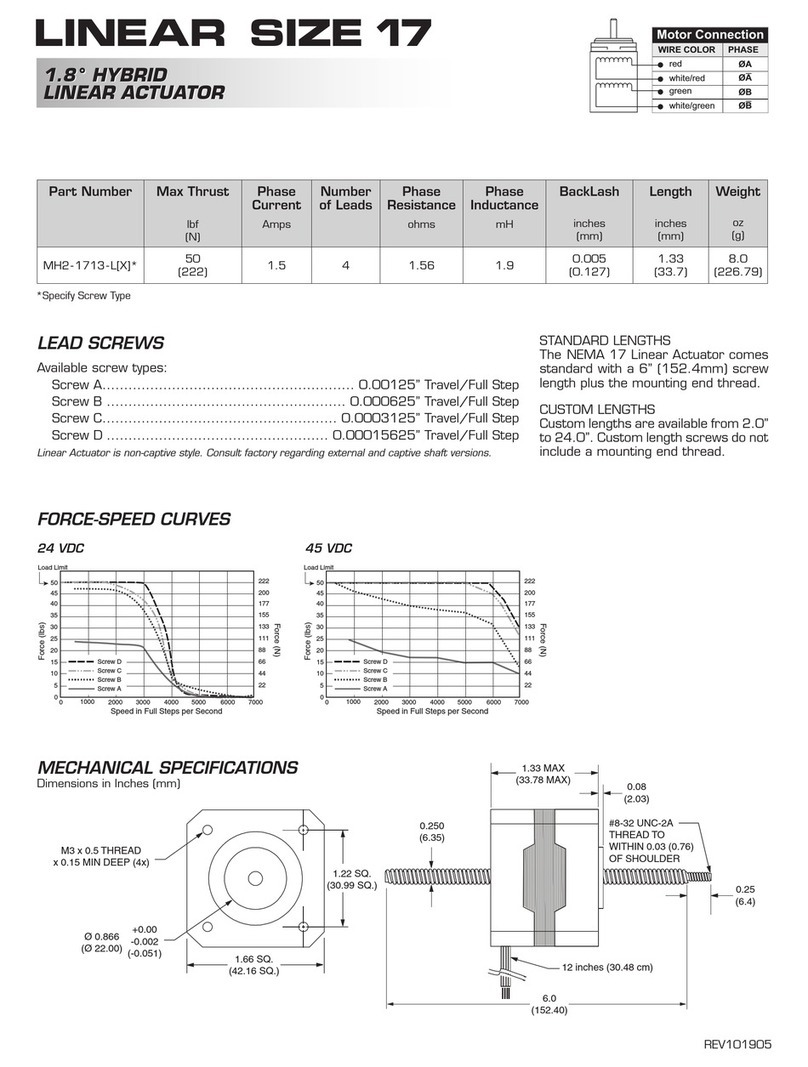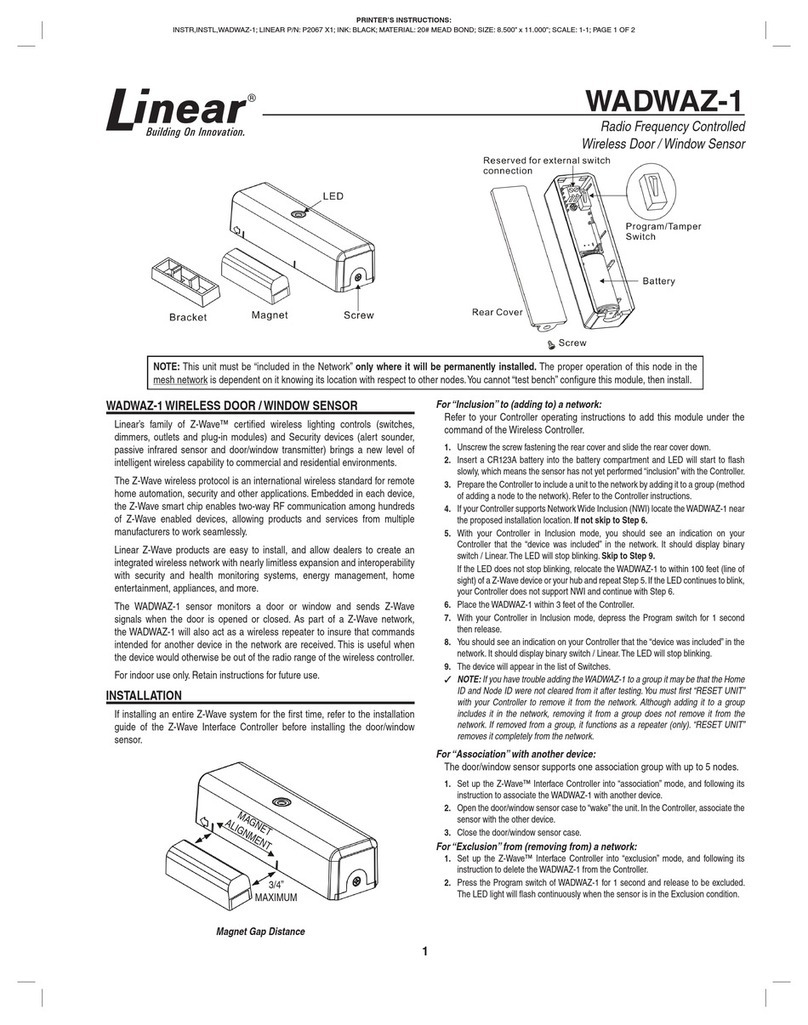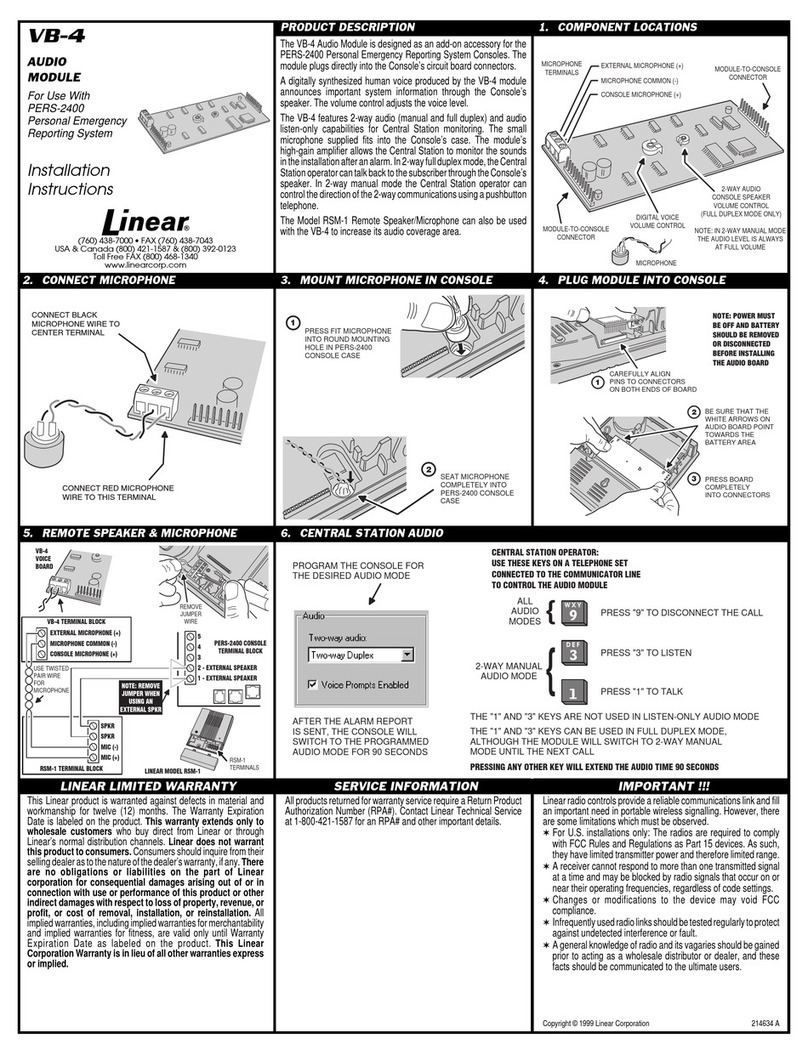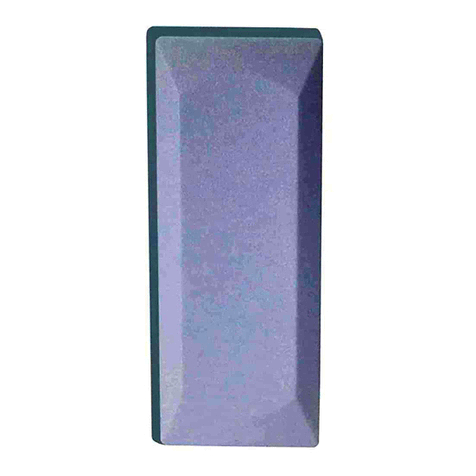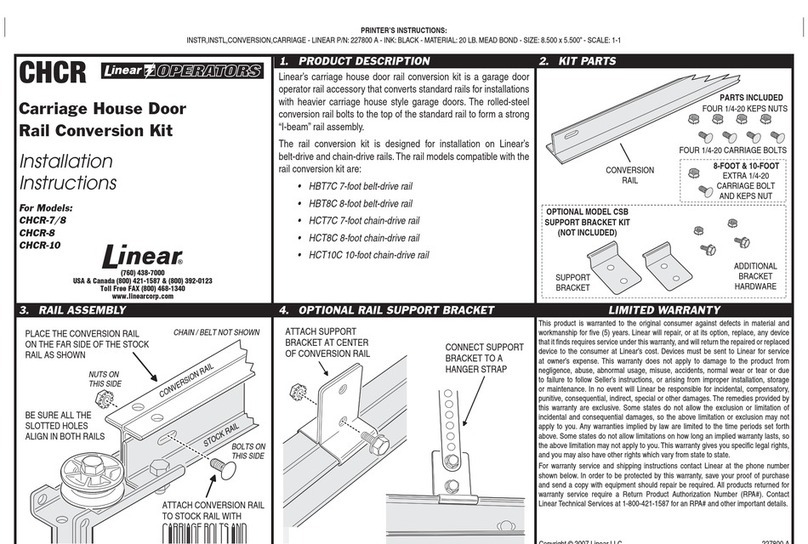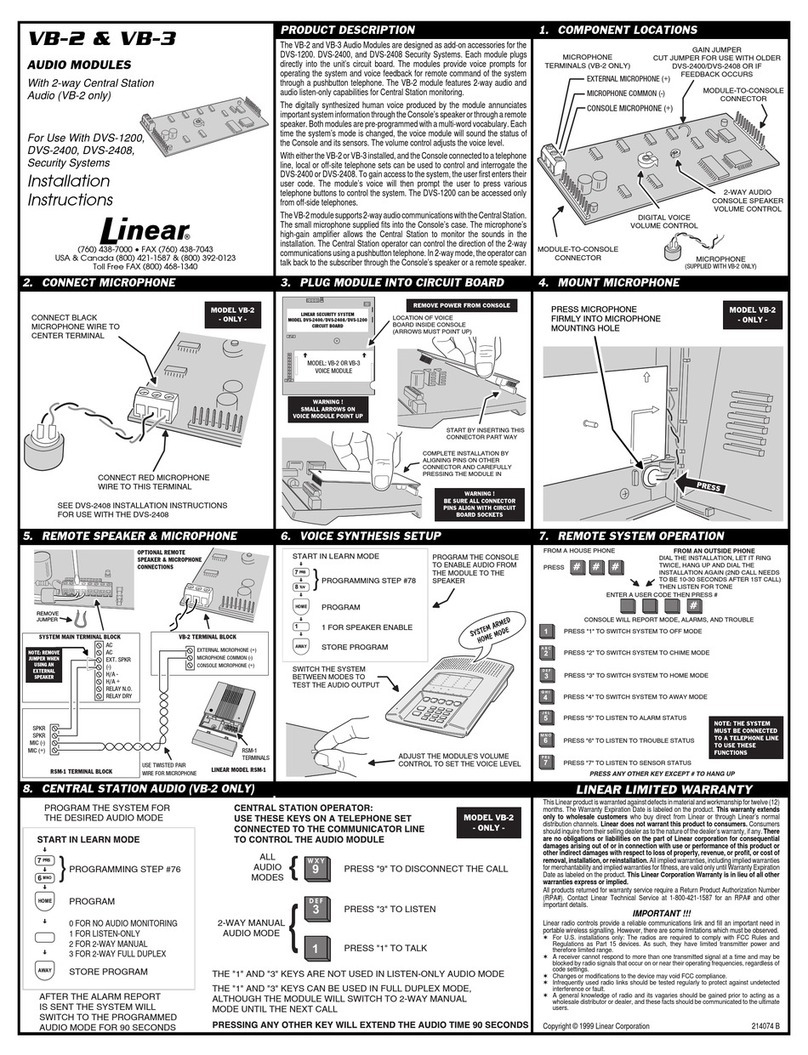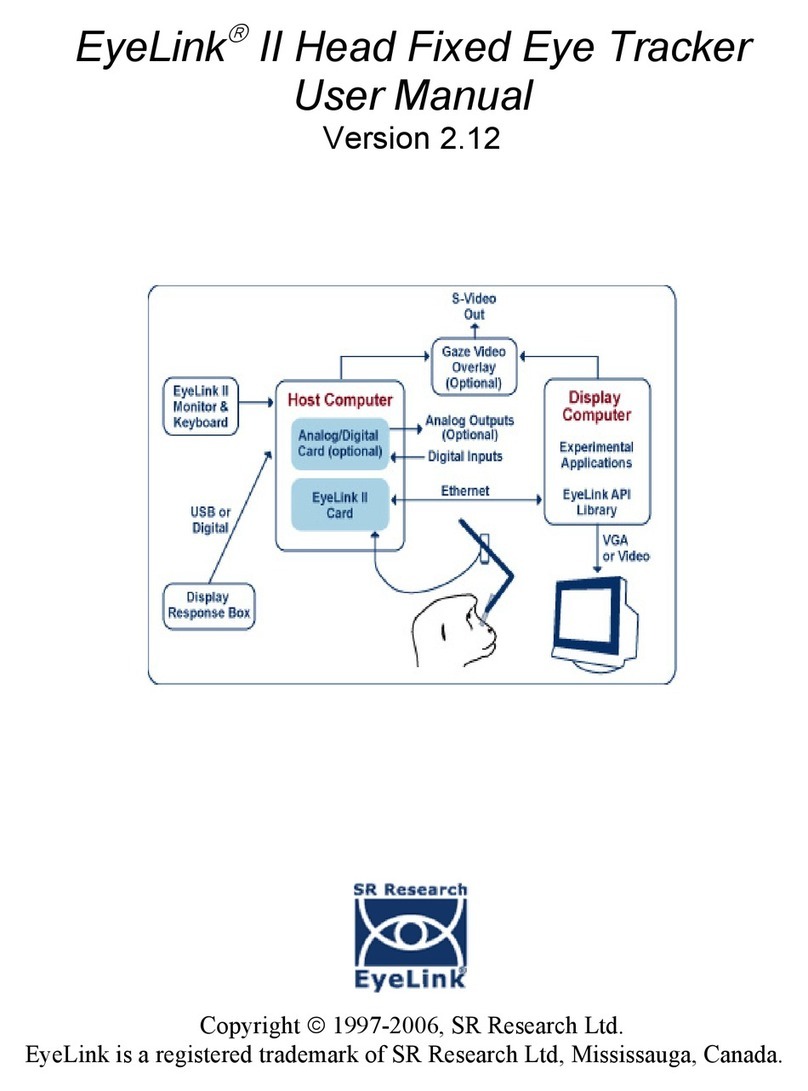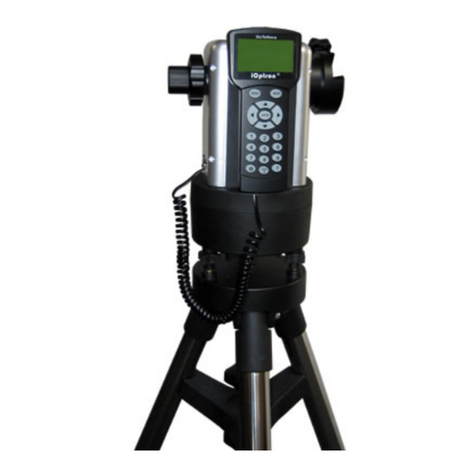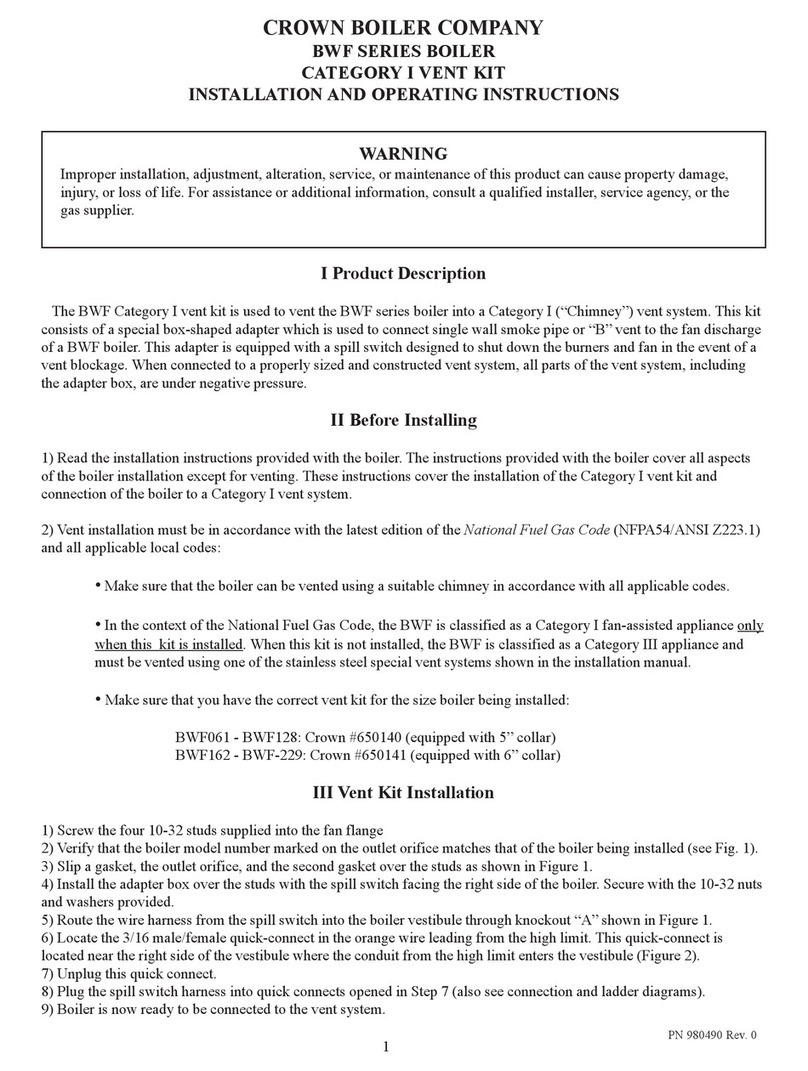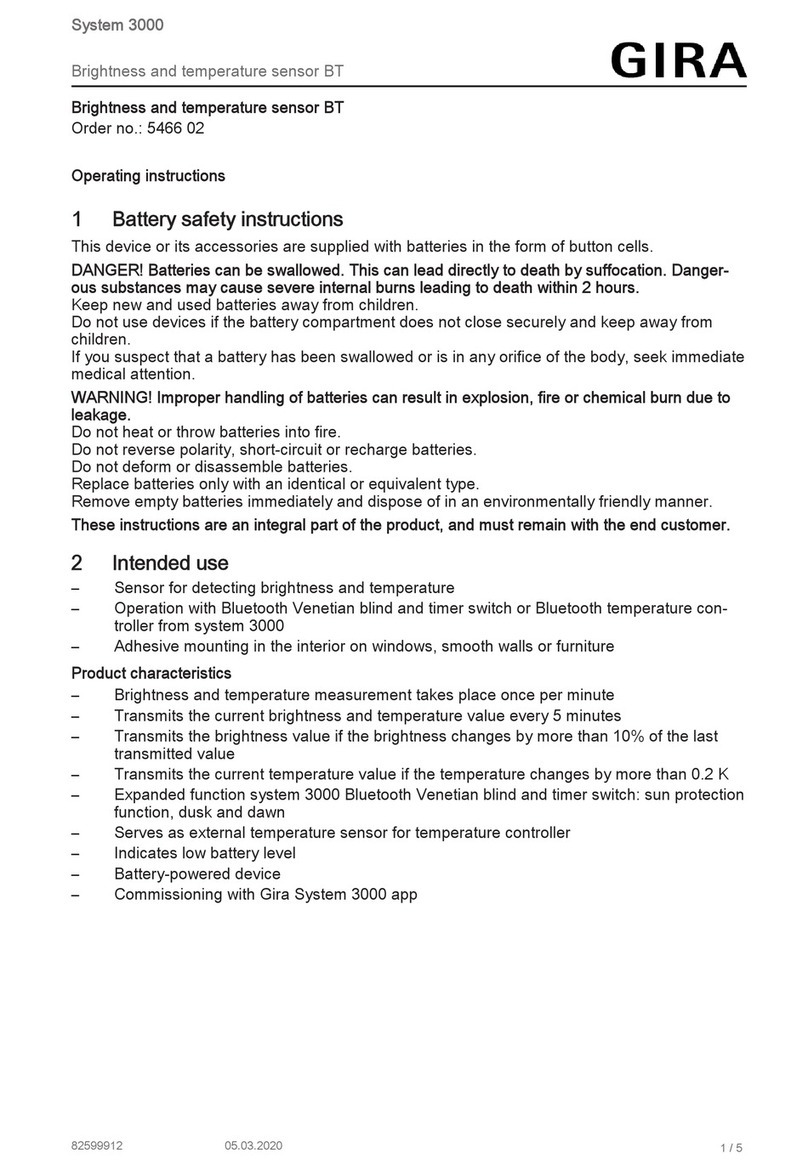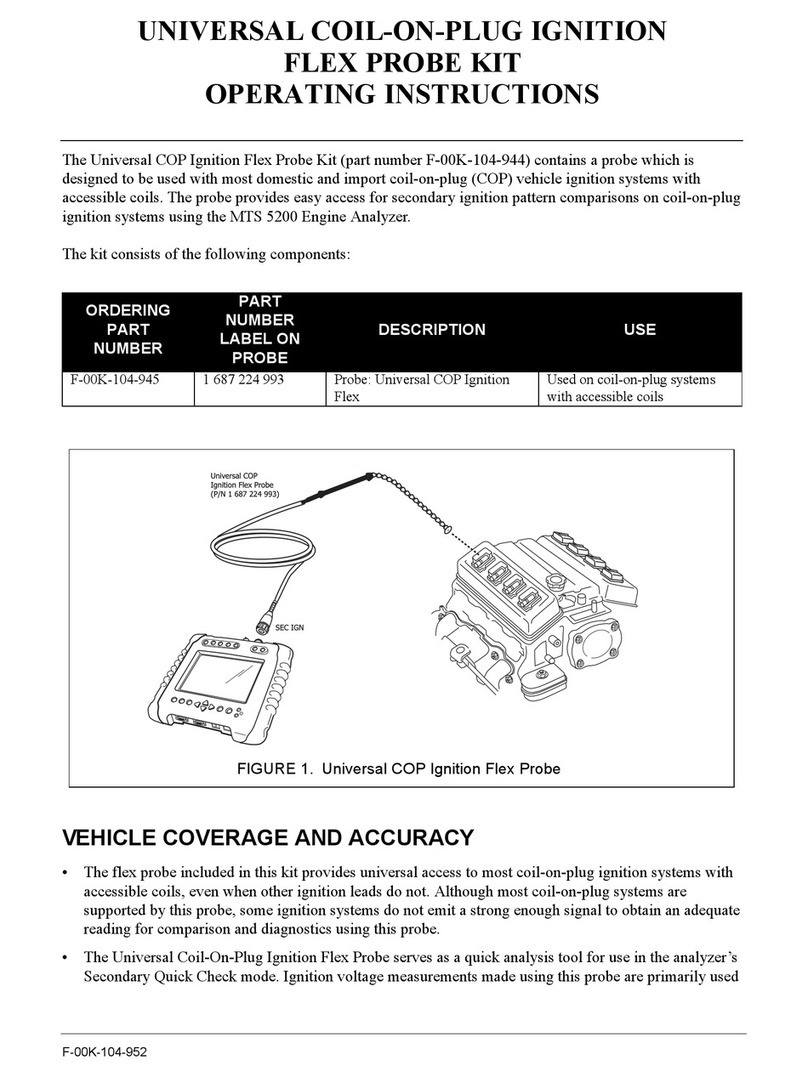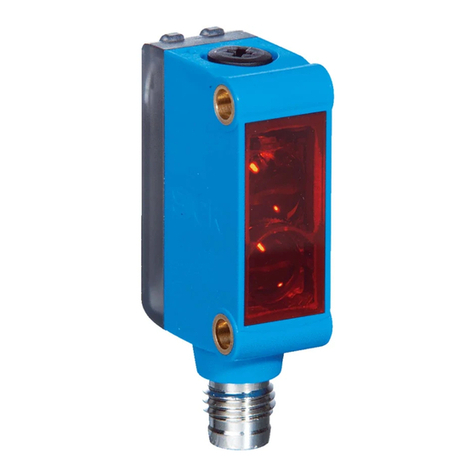
8
LT1010
1010fc
APPLICATIO S I FOR ATIO
WUUU
without limiting. Because of this, it is capable of power
dissipation in excess of its continuous ratings.
Normally, thermal overload protection will limit dissipa-
tion and prevent damage. However, with more than 30V
across the conducting output transistor, thermal limiting
is not quick enough to ensure protection in current limit.
The thermal protection is effective with 40V across the
conducting output transistor as long as the load current is
otherwise limited to 150mA.
Drive Impedance
When driving capacitive loads, the LT1010 likes to be
driven from a low source impedance at high frequencies.
Certain low power op amps (e.g., the LM10) are marginal
in this respect. Some care may be required to avoid
oscillations, especially at low temperatures.
Bypassing the buffer input with more than 200pF will solve
the problem. Raising the operating current also works.
Parallel Operation
Parallel operation provides reduced output impedance,
more drive capability and increased frequency response
under load. Any number of buffers can be directly paral-
leled as long as the increased dissipation in individual
units caused by mismatches of output resistance and
offset voltage is taken into account.
When the inputs and outputs of two buffers are connected
together, a current, ∆I
OUT
, flows between the outputs:
∆=+
IVV
RR
OUT OS OS
OUT OUT
12
12
–
where V
OS
and R
OUT
are the offset voltage and output
resistance of the respective buffers.
Normally, the negative supply current of one unit will
increase and the other decrease, with the positive supply
current staying the same. The worst-case (V
IN
→V
+
)
increase in standby dissipation can be assumed to be
∆I
OUT
V
T
, where V
T
is the total supply voltage.
Offset voltage is specified worst case over a range of
supply voltages, input voltage and temperature. It would
ground plane is prudent, especially when operating at high
frequencies.
The buffer slew rate can be reduced by inadequate supply
bypass. With output current changes much above
100mA/µs, using 10µF solid tantalum capacitors on both
supplies is good practice, although bypassing from the
positive to the negative supply may suffice.
When used in conjunction with an op amp and heavily
loaded (resistive or capacitive), the buffer can couple into
supply leads common to the op amp causing stability
problems with the overall loop and extended settling time.
Adequate bypassing can usually be provided by 10µF solid
tantalum capacitors. Alternately, smaller capacitors could
be used with decoupling resistors. Sometimes the op amp
has much better high frequency rejection on one supply,
so bypass requirements are less on this supply.
Power Dissipation
In many applications the LT1010 will require heat sink-
ing. Thermal resistance, junction to still air is 100°C/W
for the TO-220 package and 130°C/W for the miniDIP
package. Circulating air, a heat sink or mounting the
package to a printed circuit board will reduce thermal
resistance.
In DC circuits, buffer dissipation is easily computed. In AC
circuits, signal waveshape and the nature of the load
determine dissipation. Peak dissipation can be several
times average with reactive loads. It is particularly impor-
tant to determine dissipation when driving large load
capacitance.
With AC loading, power is divided between the two output
transistors. This reduces the effective thermal resistance,
junction to case to 15°C/W for the TO-220 package as long
as the peak rating of neither output transistor is exceeded.
The typical curves indicate the peak dissipation capabili-
ties of one output transistor.
Overload Protection
The LT1010 has both instantaneous current limit and
thermal overload protection. Foldback current limiting has
not been used, enabling the buffer to drive complex loads




















